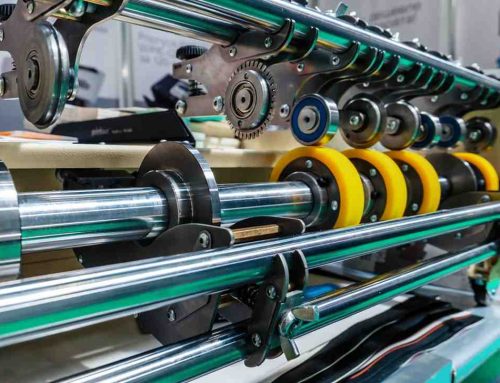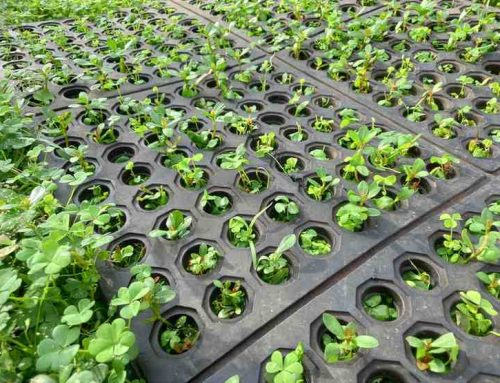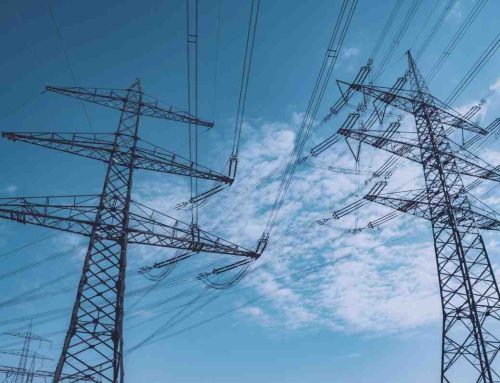Conveyor belt maintenance tips will be the focus of this article to step into the mechanics of industrial production in which accuracy and design fulfill optimization for commercial and industrial purposes. These conveyor belt maintenance tips will give you a comprehensive overview of how to keep your machinery in the best operational condition. Conveyor belts are the foundation of production and logistics, orchestrating the smooth conveying of products and materials. Nonetheless, their reputable procedure depends on careful maintenance. In this short article, we will break apart the complex technicalities of conveyor belts, discover the technological subtleties of maintenance methods plus reveal calculated techniques to make certain height efficiency. Join us as we unwind the intricacies of commercial efficiency coupled with designer remedies to hold conveyor belts functioning at their most handy ability.
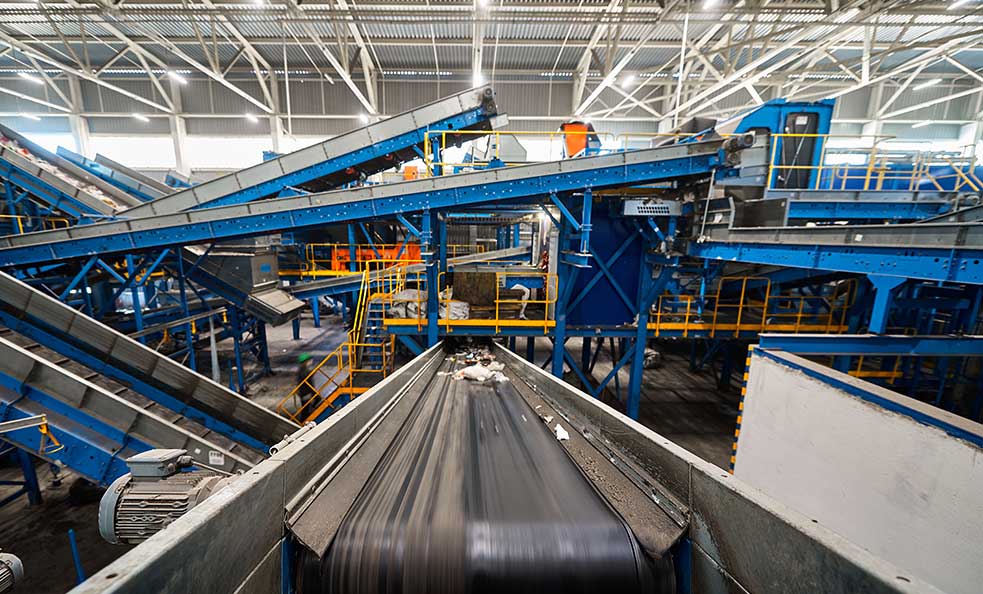
Keeping Operational Continuity & Excellence
Conveyor belts are the lifeline of industrial procedures, orchestrating the smooth transport of products and materials throughout production lines and logistics centers. Rubber conveyors are used in different industries finding different applications but mostly in mine tech running crucial processes, auto tech for moving different parts throughout the assembly line, food tech for different purposes, and many other applications. Their critical function is to make sure the undisturbed manufacturing circulation from one phase to another with precise effectiveness.
Taking Full Advantage Of Efficiency via Diligent Maintenance
Diligent maintenance of conveyor belts is crucial in decreasing downtime and decreasing operational costs coupled with taking full advantage of total effectiveness. Traditional maintenance routines consist of assessment, cleaning, lubrication, tension adaptations, and thorough inspections to identify issues before they transit into expensive disturbances and costs. Adherence to maintenance routines and methods maximizes conveyor belt efficiency, making sure of continual procedure and performance.
Moderating Risks of Neglect
Neglecting conveyor belt maintenance poses considerable threats to business procedures. Boosted wear and tear because of the absence of lubrication together with tension changes can bring about early belt failure causing unanticipated downtime plus manufacturing hold-ups. Malfunctioning conveyor belts interfere with operations plus pose security dangers not only to employees but to equipment as well. Delayed maintenance might sustain an increase in fixes with substitute prices in the future, outweighing the preliminary financial savings of disregard. Hence, focusing on upkeep is important to alleviate these dangers as well as maintain smooth procedures.
Creating a Maintenance Schedule: Ensuring Consistent Performance
Embedding a regular security timetable is important to promoting conveyor belts’ functioning and also efficiency. Regular checks stop unexpected malfunctions as well as prolong conveyor belts’ life expectancy enhancing their global efficiency as well as lessening functional disruptions.
Standards for Determining Maintenance Frequency
Establishing the regularity of maintenance responsibilities needs investments in various aspects, including identifying running problems, belt usage, and also following strict manufacturer’s guidelines. More complex settings, higher operational frequency, or extreme conditions might call for even more substantial criterion and security check periods, while lighter use allows less regular assessments. Follow the manufacturer’s guidelines, standards, and requirements and incorporate them into customized timetables for specific conveyor belt designs and plans.
Producing a Comprehensive Maintenance Checklist
Crafting an entire maintenance list is crucial for ensuring the ideal preservation of conveyor belts. The list needs to personify various inspection upkeep responsibilities, consisting of assessment, cleaning, lubrication, stress or tension change, etc. Integrating special obligations appropriate to the conveyor belt’s layout as well as functional needs assures its optimal working and lifespan.
Arranging Routine Inspections
Regular evaluations are the keystone of efficient conveyor belt conservation. Scheduling daily assessments enables the regular identification of capacity problems before they advance into costly issues. Examinations need to include physical examinations of belt issues, monitoring placement, as well as functional specifications. Executing a based examination routine makes certain upkeep initiatives stay methodical and fully guard the integrity and the overall efficient performance of conveyor belts.
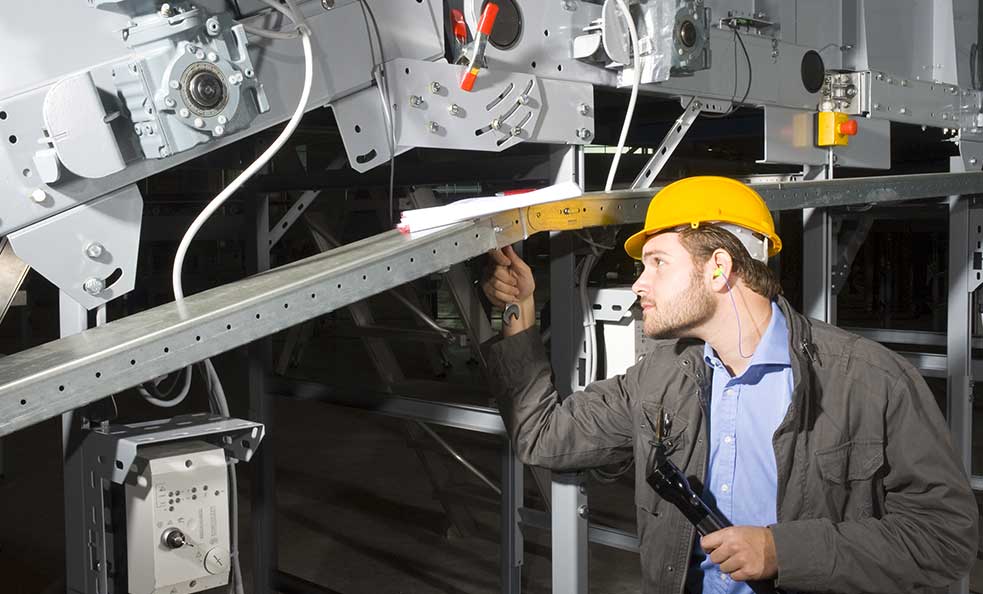
Crucial Conveyor Belt Maintenance Tips: Sustaining Optimal Performance
Small distinctions might exist depending on the industry. Nevertheless, most conveyor belts should go through these important evaluations to preserve their optimum functional state.
Belt Inspection
The belt inspection should go through physical analyses to spot and mark damages, wear and tear, and also signs of imbalance. Routine assessments make it possible for maintenance workers to familiarize concerns quickly and resolve them promptly, lowering the opportunity for belt failures and also functional downtime.
Belt Cleaning
Particles, spillage, and also pollutants can build up on conveyor belts impacting their efficiency as well as strength. Appropriate cleaning strategies, such as scratching, purifying, as well as cleaning aids eliminate those undesirable materials making sure a tidy procedure as well as reducing the probability of damage to the belt.
Lubrication
Correct lubrication is essential for lowering rubbing in between the belt as well as the conveyor parts, prolonging the belt’s life and also guaranteeing a smooth procedure. It is necessary to use the right kind coupled with the quantity of lubricating substance recommended by the manufacturer to stay clear of over-lubrication, which can attract dirt as well as particles.
Tension Adjustment
Keeping correct belt stress is important for protecting against slippage coupled with running it effectively. Complying with supplier ideas routine stress analyses as well as alterations aid enhance the belt’s efficiency along with stopping early wear and tear.
Belt Replacement
Conveyor belts might wear off as well as call for substitutes gradually. Indications suggesting the demand for alternatives incorporate noticeable damage, extreme wear and tear as well as constant belt failings. When changing a belt, it’s vital to comply with safety guidelines in addition to environment-friendly treatments to guarantee the new belt is attached effectively and correctly.
Security Considerations in Conveyor Belt Maintenance: Ensuring Worker Safety
The security of the equipment and also the workers is a necessity to accomplish optimum improvement from your commercial or industrial tasks. What do you need to incorporate?
Focus on Safety Protocols
Safety and security are extremely important in conveyor belt maintenance tasks. Stringent adherence to security methods and also safety measures is important to protect you from injuries and failures. Executing lockout/tag-out methods, acquiring personal protective equipment (PPE) that fits the requirements with the manufacturer’s guidelines, and adhering to the safety protocols and the workplace is a have to ensure maintenance staff members are secure and at the most effective performance.
Tips for Safe Maintenance
Carrying out lockout/tag-out procedures ensure that conveyor belts are powered off and can not be started throughout restoration. Wearing PPE, such as safety gloves, goggles, and metal-toed boots, shields employees from risks and accidents. Avoiding common risks, including getting stuck in moving parts or slipping on oily surfaces, calls for vigilance and proper training for compliance with the protective measures. If you are hesitant about what to do, it is best to contact our team and get a detailed technical explanation with a quote.
Training & Education
Appropriate training, education, and learning are essential for proper conveyor belt maintenance but also for the safety of workers. Training needs to consist of and cover in detail all the safety recommendations, equipment operation, timely recognition of potential hazards, and emergency response. Ongoing training guarantees that people become knowledgeable about modern-day safety practices and technology, improving traditional protection performance.
Troubleshooting Guidelines & Conveyor Belts Maintenance Tips
| Issue | Possible Causes | Troubleshooting Guidelines |
| Belt Slippage | Insufficient tension, worn pulleys, contamination | – Increase tension – Replace pulleys – Clean and maintain the belt |
| Belt Tracking | Misalignment, worn components, improper tension | – Align and adjust rollers – Check tension – Replace worn components |
| Belt Wear | Excessive load, abrasive materials, misalignment | – Reduce load – Use impact beds – Align conveyor – Use wear-resistant belting |
| Belt Tear | Overloading, sharp objects, mechanical damage | – Avoid overloading – Remove debris – Inspect and repair damage |
| Belt Splice Failure | Poor splice technique, inadequate curing | – Use quality splicing materials – Follow proper splicing procedures |
| Belt Skewing | Uneven loading, misalignment, worn components | – Ensure even loading – Align conveyor – Replace worn components |
| Belt Swaying | Uneven tension, misalignment, worn components | – Adjust tension evenly – Align conveyor – Replace worn components |
| Belt Bounce | Excessive tension, improper loading | – Adjust tension – Ensure proper loading |
| Belt Fraying | Misalignment, worn components, sharp edges | – Align conveyor – Replace worn components – Remove sharp edges |
| Material Spillage | Belt misalignment, inadequate loading zone design, worn components | – Correct belt alignment – Redesign loading zone – Replace worn components |
| Belt Chatter | Improper belt tension, misaligned idlers, damaged belt | – Adjust belt tension – Align idlers – Replace damaged belt |
| Belt Camber | Uneven tension, improper splicing | – Adjust tension – Re-splice the belt |
| Belt Miss tracking | Worn or damaged tracking components, misalignment, material buildup | – Replace tracking components – Align conveyor – Clean the belt |
| Belt Wandering | Misalignment, uneven tension, worn components | – Align conveyor – Adjust tension – Replace worn components |
| Belt Creep | Insufficient take-up tension, slippery belt surface | – Increase tension – Improve belt traction |
| Belt Fading | Exposure to environmental factors (details missing) | Unfortunately, the specific troubleshooting guidelines for belt fading are not provided. Please consult additional resources for this issue. |
Conclusion: Ensuring the Longevity and Safety of Conveyor Belt Operations
If you are unsure what else you might need, you can explore our services and see if anything else would be required. Meanwhile, stick to our news page and get informed on the best standards, the latest advancements, and everything related to rubber for industrial and commercial purposes.
Conclusively, the proper maintenance of conveyor belts isn’t always dependent on operational performance and the durability of the equipment but is also an essential element in ensuring the protection and safety of employees.
Industrial and business centers can reduce downtime, and expenses, and improve efficiency by adhering to a strict safety agenda and performing essential duties, such as inspection, cleaning, lubrication, and tension adjustments. Neglecting conveyor belt maintenance can increase wear and tear, malfunction, and safety hazards, highlighting the significance of proactive protection practices.
Furthermore, implementing safety protocols, supplying proper training, and ensuring the use of suitable personal protective equipment is crucial to protecting workers from injuries and accidents. Ultimately, by prioritizing maintenance and safety, commercial facilities can sustain the highest-quality performance of conveyor belts, ensuring clean operations and a secure working environment for all.
